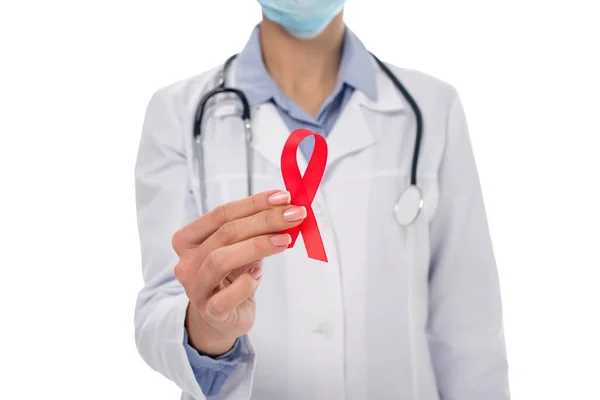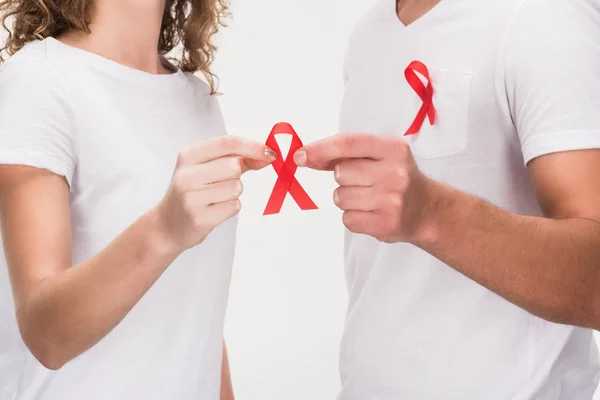Lymphoma: An Overview of Symptoms, Types, and Treatment
Lymphoma is a type of cancer that begins in the lymphatic system, which is part of the body’s immune system and includes lymph nodes, spleen, thymus gland, and bone marrow. Lymphoma affects lymphocytes, a type of white blood cell, causing them to grow uncontrollably. There are two main types of lymphoma: Hodgkin lymphoma (HL) and non-Hodgkin lymphoma (NHL), each with distinct characteristics and treatment approaches.
Lymphoma is a type of cancer that begins in the lymphatic system, which is part of the body’s immune system and includes lymph nodes, spleen, thymus gland, and bone marrow. Lymphoma affects lymphocytes, a type of white blood cell, causing them to grow uncontrollably. There are two main types of lymphoma: Hodgkin lymphoma (HL) and non-Hodgkin lymphoma (NHL), each with distinct characteristics and treatment approaches.

Symptoms of Lymphoma
Early signs of lymphoma may be mild or easily overlooked, but common symptoms include:
- Swollen Lymph Nodes: Often in the neck, armpits, or groin; they may feel firm and painless.
- Fever: Persistent fevers that are not related to infections.
- Night Sweats: Intense sweating, especially at night, can be a common symptom.
- Unexplained Weight Loss: Significant weight loss without a change in diet or exercise.
- Fatigue: A feeling of constant exhaustion not relieved by rest.
- Itching: Itching, particularly without any rash, can sometimes be linked to lymphoma.
- Shortness of Breath or Cough: Lymphoma in the chest area can cause respiratory symptoms.
If any of these symptoms persist for more than two weeks, it’s important to seek medical advice.
Types of Lymphoma
- Hodgkin Lymphoma (HL):
- oCharacterized by the presence of Reed-Sternberg cells, which are abnormal cells not seen in other types of lymphoma.
- oHodgkin lymphoma is generally considered more treatable and often has a good prognosis, especially if caught early.
- Non-Hodgkin Lymphoma (NHL):
- oThis is a broader category of lymphomas and can vary significantly in terms of behavior and treatment.
- oNHL has many subtypes, including diffuse large B-cell lymphoma, follicular lymphoma, mantle cell lymphoma, and more.
- oNHL can either be indolent (slow-growing) or aggressive (fast-growing).
Risk Factors for Lymphoma
While the exact cause of lymphoma remains unknown, some risk factors may increase the likelihood of developing it:
- Age: While both HL and NHL can occur at any age, HL is more common in younger adults, whereas NHL is more common in people over 60.
- Gender: Men are slightly more likely to develop lymphoma than women.
- Family History: A family history of lymphoma or other immune disorders may increase risk.
- Immune System Suppression: People with weakened immune systems, whether from an organ transplant, HIV infection, or autoimmune diseases, are at higher risk.
- Exposure to Chemicals and Radiation: Certain chemicals like pesticides and herbicides, as well as prior radiation exposure, may increase the risk.
Diagnosing Lymphoma
Diagnosis of lymphoma typically involves several steps:
- Physical Exam: To check for swollen lymph nodes or other unusual signs.
- Blood Tests: Blood tests alone cannot diagnose lymphoma, but they can reveal abnormalities that suggest the need for further tests.
- Imaging Tests: X-rays, CT scans, PET scans, and MRIs help locate lymphomas and see if they’ve spread.
- Biopsy: A biopsy, where a sample of lymph node tissue is taken, is essential for confirming a lymphoma diagnosis.
- Bone Marrow Test: To check if lymphoma has spread to the bone marrow.
Treatment Options for Lymphoma
The treatment plan for lymphoma depends on factors such as type, stage, patient health, and preferences. Common treatment methods include:
- Chemotherapy: A combination of drugs used to kill cancer cells. This is often the primary treatment for most types of lymphoma.
- Radiation Therapy: High-energy beams are targeted to kill cancer cells, often used when the cancer is localized.
- Immunotherapy: Drugs that stimulate the immune system to recognize and attack cancer cells.
- Targeted Therapy: Drugs that specifically target lymphoma cells or pathways necessary for their survival.
- Stem Cell Transplant: Used for aggressive lymphomas or those that have relapsed, this process replaces diseased bone marrow with healthy stem cells.
Prognosis and Survival Rates
Survival rates for lymphoma vary widely based on type, stage at diagnosis, and treatment response. For example, Hodgkin lymphoma has a five-year survival rate of approximately 86% in the U.S., with higher rates in early stages. Non-Hodgkin lymphoma survival rates depend on the specific subtype, ranging from about 70% for indolent lymphomas to closer to 60% for aggressive types.
Living with Lymphoma
Lymphoma treatments can cause side effects, such as fatigue, nausea, and susceptibility to infections. Supportive care, lifestyle changes, and rehabilitation programs can help manage these side effects. Additionally, ongoing follow-up appointments are essential to monitor for recurrence and manage long-term health after treatment.
In Summary
Lymphoma is a complex cancer with multiple subtypes and treatment approaches. Although a lymphoma diagnosis can be overwhelming, advances in treatment have significantly improved outcomes for many patients. Early detection, understanding the available treatment options, and taking proactive steps to manage side effects are key to navigating life with lymphoma.








